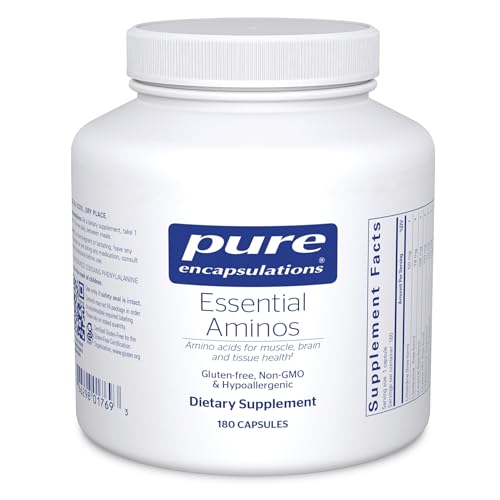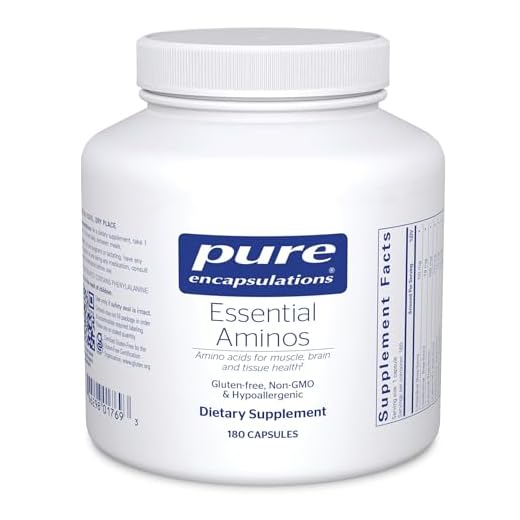In the quest for a stronger, leaner physique, many fitness enthusiasts are constantly seeking effective ways to enhance their muscle development. One prominent strategy that has gained significant traction in recent years revolves around the utilization of whey protein. This potent supplement has garnered immense popularity due to its ability to promote muscle growth and aid in post-workout recovery. By incorporating whey protein into your fitness regimen, you can unleash its remarkable potential to amplify your gains and sculpt your physique.
Unleashing the Power of Optimal Nutrition
Building muscle mass is a complex process that requires more than just hard work and dedication in the gym. It necessitates a holistic approach that encompasses proper nutrition to fuel the muscle-building process. That’s where whey protein comes into play. Derived from milk, this powerhouse of nutrition boasts an exceptional amino acid profile that provides the building blocks for muscle repair and growth. These essential amino acids, including leucine, valine, and isoleucine, are instrumental in stimulating protein synthesis, thus facilitating muscle hypertrophy.
Accelerating Recovery and Reducing Muscle Soreness
Intense workouts often leave us with sore muscles and a longer recovery time. Whey protein, however, can help alleviate these post-workout woes. Thanks to its fast absorption rate, whey protein delivers vital nutrients to your muscles swiftly, allowing for quicker recovery and minimizing muscle soreness. Additionally, the presence of branched-chain amino acids (BCAAs) promotes muscle protein synthesis while simultaneously reducing muscle damage. This dynamic combination can significantly improve your recovery rate and help you bounce back stronger for your next training session.
Tips for Enhancing Muscle Development with Whey Protein
In this section, we will discuss effective strategies to optimize muscle growth by incorporating the potent benefits of whey protein. By implementing these tips, you can harness the full potential of this powerful supplement to support your muscle-building goals.
1. Maximize Protein Intake
Ensuring an adequate intake of high-quality protein is crucial for muscle growth. Incorporating whey protein into your diet can provide a convenient and efficient way to meet your protein requirements. To maximize its benefits, aim to consume whey protein within the anabolic window – the period immediately after your workout when your muscles are primed for protein synthesis.
2. Timing is Key
Timing your whey protein consumption strategically can further enhance muscle growth. In addition to post-workout supplementation, consider consuming whey protein before your workout to boost amino acid availability during exercise. This can provide your muscles with the necessary fuel to support optimal performance and recovery.
To enhance the anabolic effect of whey protein, it is also recommended to consume small, frequent doses throughout the day. This approach helps maintain a continuous supply of protein for muscle repair and growth.
Remember: Consistency is key when it comes to maximizing muscle growth. Incorporate whey protein into your daily routine to ensure a steady supply of essential amino acids to support muscle recovery and hypertrophy.
Disclaimer: Before making any significant changes to your diet or exercise regimen, it is advisable to consult with a healthcare professional or Registered Dietitian to ensure it aligns with your individual needs and goals.
Timing Your Protein Intake for Optimal Muscle Repair
When it comes to maximizing muscle repair and recovery, the timing of your protein intake plays a crucial role. Properly timing your protein consumption can help facilitate optimal muscle repair and growth, allowing you to achieve your fitness goals effectively.
|
1. Pre-Workout Protein: Consuming a protein-rich meal or snack before your workout can provide your muscles with the necessary amino acids to kickstart the repair process. Opt for foods such as eggs, chicken, or Greek yogurt, which are all excellent sources of high-quality protein. |
|
2. Post-Workout Protein: Immediately after your workout, it is crucial to replenish your body with protein to maximize muscle repair. Whey protein, derived from milk, is a popular choice due to its fast absorption rate. Alternatively, you can opt for other sources like lean meats, tofu, or legumes. |
|
3. Bedtime Protein: Consuming protein before bed can promote overnight muscle repair. Casein protein, found in dairy products, is a slower-digesting protein that provides a sustained release of amino acids throughout the night. Cottage cheese or a protein shake with casein can be a convenient option. |
|
4. Protein Distribution: In addition to timing your protein intake around your workouts and bedtime, it is essential to distribute your protein consumption evenly throughout the day. This ensures a constant supply of amino acids for muscle repair and prevents muscle protein breakdown. |
|
Conclusion: Proper timing of your protein intake is a vital aspect of maximizing muscle repair and growth. By incorporating protein-rich meals or snacks before and after workouts, as well as before bed, and distributing protein intake evenly throughout the day, you can optimize the muscle repair process and achieve your desired fitness outcomes. |
Combining Whey Protein with Resistance Training for Enhanced Muscle Development
When it comes to maximizing muscle development, incorporating whey protein supplementation alongside resistance training can yield impressive results. By combining the power of whey protein with targeted resistance exercises, individuals can enhance their muscle growth potential and achieve their fitness goals more efficiently.
The synergistic effects of whey protein and resistance training work together to promote muscle hypertrophy and improve overall strength. Whey protein, a rich source of essential amino acids, aids in muscle repair and recovery after intense workouts. This allows for faster muscle adaptation and growth in response to resistance training.
Incorporating whey protein into a resistance training routine is simple. It can be consumed before or after workouts to optimize muscle protein synthesis. Before workouts, whey protein provides a readily available source of amino acids, ensuring adequate fuel for the muscles during exercise. After workouts, whey protein helps replenish muscle glycogen stores and promotes muscle recovery and growth.
| Benefits of Combining Whey Protein with Resistance Training | |
|---|---|
| 1. Enhanced Muscle Protein Synthesis | Resistance training stimulates muscle protein synthesis, and whey protein supplementation further amplifies this process, leading to increased muscle growth. |
| 2. Improved Muscle Recovery | Whey protein provides essential amino acids necessary for muscle repair and recovery, reducing muscle soreness and enhancing overall workout performance. |
| 3. Increased Muscle Strength | The combination of whey protein and resistance training aids in the development of stronger and more resilient muscles, allowing for greater strength gains. |
| 4. Optimal Nutrient Timing | Consuming whey protein at strategic times, such as before and after workouts, ensures that the muscles receive the necessary nutrients for optimal growth and recovery. |
It is important to note that while whey protein can be a valuable tool for muscle development, it should be used in conjunction with a balanced diet and proper training program tailored to individual goals. Consulting with a healthcare professional or nutritionist is recommended to determine the appropriate dosage and timing of whey protein supplementation.
In summary, combining whey protein with resistance training offers a powerful strategy for maximizing muscle development. By incorporating whey protein into a well-designed training program, individuals can optimize their muscle growth potential and achieve desired fitness outcomes.
Choosing the Right Protein for Maximum Muscle Development
In the pursuit of effective muscle growth, selecting the most suitable protein product is crucial. To optimize your progress, it is essential to carefully consider various factors when choosing a protein supplement that aligns with your goals. In this section, we will delve into the key considerations and criteria that can help you make an informed decision on the right protein for maximizing muscle development.
Quality and Purity
One of the primary factors to consider when selecting a protein supplement is its quality and purity. It is imperative to choose a product that is sourced from reputable sources and undergoes stringent quality control measures. Look for whey protein options that are certified and tested, ensuring that they are free from contaminants and impurities that might hinder your muscle growth progress.
Protein Concentration and Bioavailability
The concentration and bioavailability of the protein in a supplement play a significant role in its effectiveness for muscle development. Higher protein concentrations per serving are typically more beneficial for promoting muscle growth. Additionally, considering the amino acid profile and how easily the protein is absorbed by the body can further enhance its role in maximizing muscle development.
Furthermore, it is crucial to note that different types of whey protein, such as whey protein isolate and whey protein concentrate, have varying concentrations and bioavailability. Understanding these differences can assist you in selecting the right option that aligns with your specific fitness goals.
By carefully evaluating the quality, purity, protein concentration, and bioavailability of various whey protein options, you can make an informed decision when choosing the ideal supplement for effective muscle growth. Remember to consult with a healthcare professional or a nutritionist if needed, as they can provide personalized recommendations based on your individual needs and goals.







